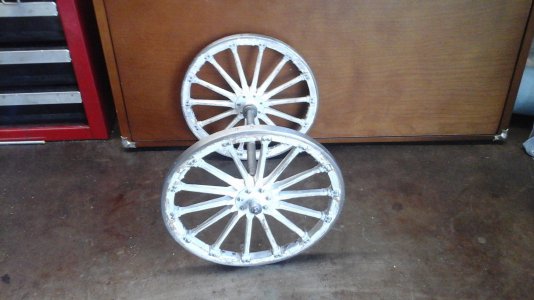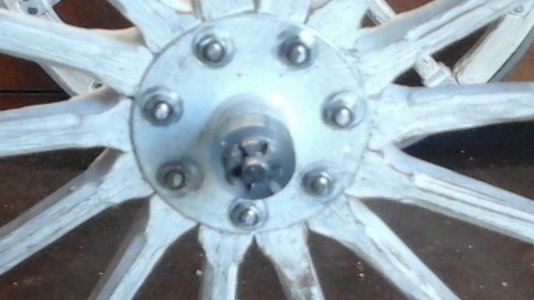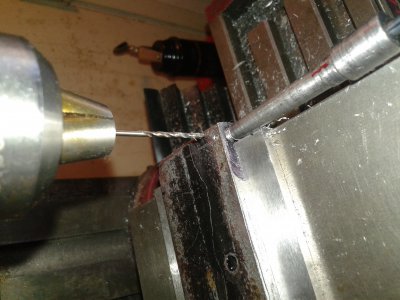Hello Greg I see you are building a scale model of the French 75 I have been asked to build a barrel and recouperator assembly to go on a original carriage and was wondering if you hadva set if drawings available
Sent from my SM-G960F using Tapatalk
Hello Peter,
As you probably saw, I haven't posted any progress on this thread in 4+ years. Health issues, family stuff, and other interests have taken priority, but it's still on my mind.
You've probably read through my thread of posts on the M1897 and seen my mention that lack of machinist-ready drawings has been a major stumbling block. So I have to CAD my own drawings, and have stumbled from one CAD platform to another. That's a different problem.
My best source of info is a French document. I'm not sure what the actual purpose was, but its drawings, labelled in French, show most of the detail. Unfortunately, they lack the dimensioning needed to recreate the parts and they lack any indications on their scale. Each page is of a different scale.
So I'm trying to reverse engineer these French drawing dimensions, based a few different sources:
-- on published specifications like overall length, cannon barrel bore, ...
-- my notes, photos, and measurements taken on my visits to cannons at the Orange County, CA [old] courthouse, the museum at U.S Military Academy, West Point, New York, and at Camp Roberts, San Miguel, CA.
-- drawings from a U.S. Army
Handbook of Artillery where, for example, page 84 shows a side view that has a scale of millimeters along the bottom.
Here is the source of those French drawings:
Instruction militaire. Croquis du canon de 75 Mle 1897
On your project, the barrel I understand, but haven't seen anything called a "recouperator." I suspect that is part of the recoil mechanism.
Are you needing the entire barrel assembly, or just the "barrel" itself, (the part with the rifling)? The drawings, in Plate 1, show the "canon" as a having several pieces, not counting the breech mechanism.
Maybe we can share information and each make some progress,
Greg
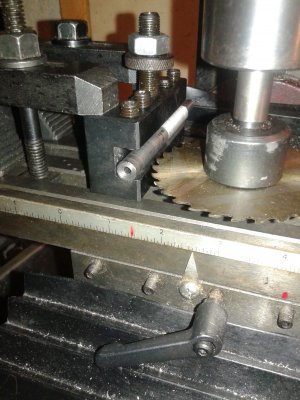
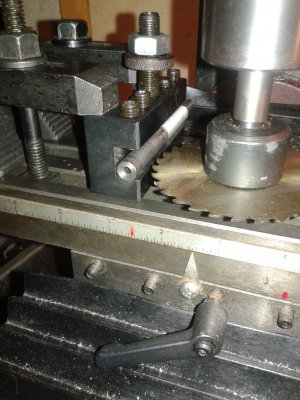
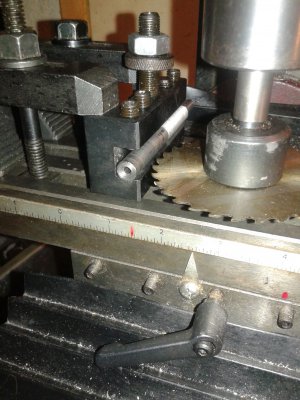 Axle needs a keyway
Axle needs a keyway

